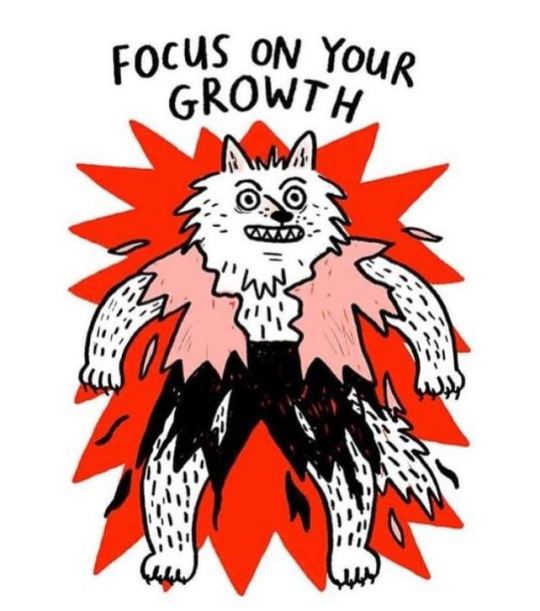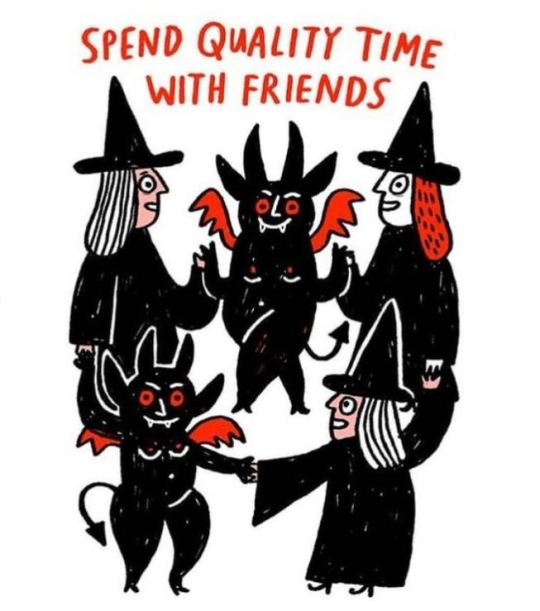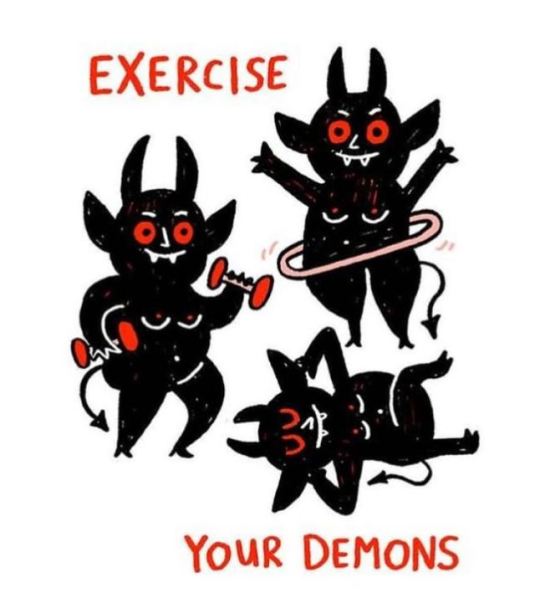Text

Want a taste of inspiration? Feel like connecting with the deeper rhythms within you? Just want to zone out while our KillWorthy Goddess Sarah speaks to you with the magic of her voice and reconsider everything you've ever known?
Download a FREE audiobook, a sacral gift from us to you @ Killworthy.org/killworthy-words
#killworthy#killworthywords#free#freebie#free download#audiobook#free audiobook#audiobooks#audiobook love#menstruation#period#secrets#secretlaws#primal power#sacral#cycles#patterns#tunein#tune into your body#divine feminine#feminist#feminism#rhythms#body cycles#body rhythms#menstruation education#womens health#vagina power
6 notes
·
View notes
Text
The Timelessness of Selfies
Even before there was the camera, people felt the urge to have artists create images in their likeness. The wealthy had artists create portraits in watercolor, oil, and even frescoes. Often these artists would paint more expensive clothes or even change history by adding false imagery at the request of their patron. In the time of antiquity, people had statues and mosaics made to display their likeness. So, this practice is not a new habit of ours.
Oddly, there is one painting that always comes to my mind when thinking of humanity's constant need to create these kinds of displays. The painting I'm talking about was of a man who suffered with hypertrichosis named Pedro Gonzalez (Petrus Gonsalvus).
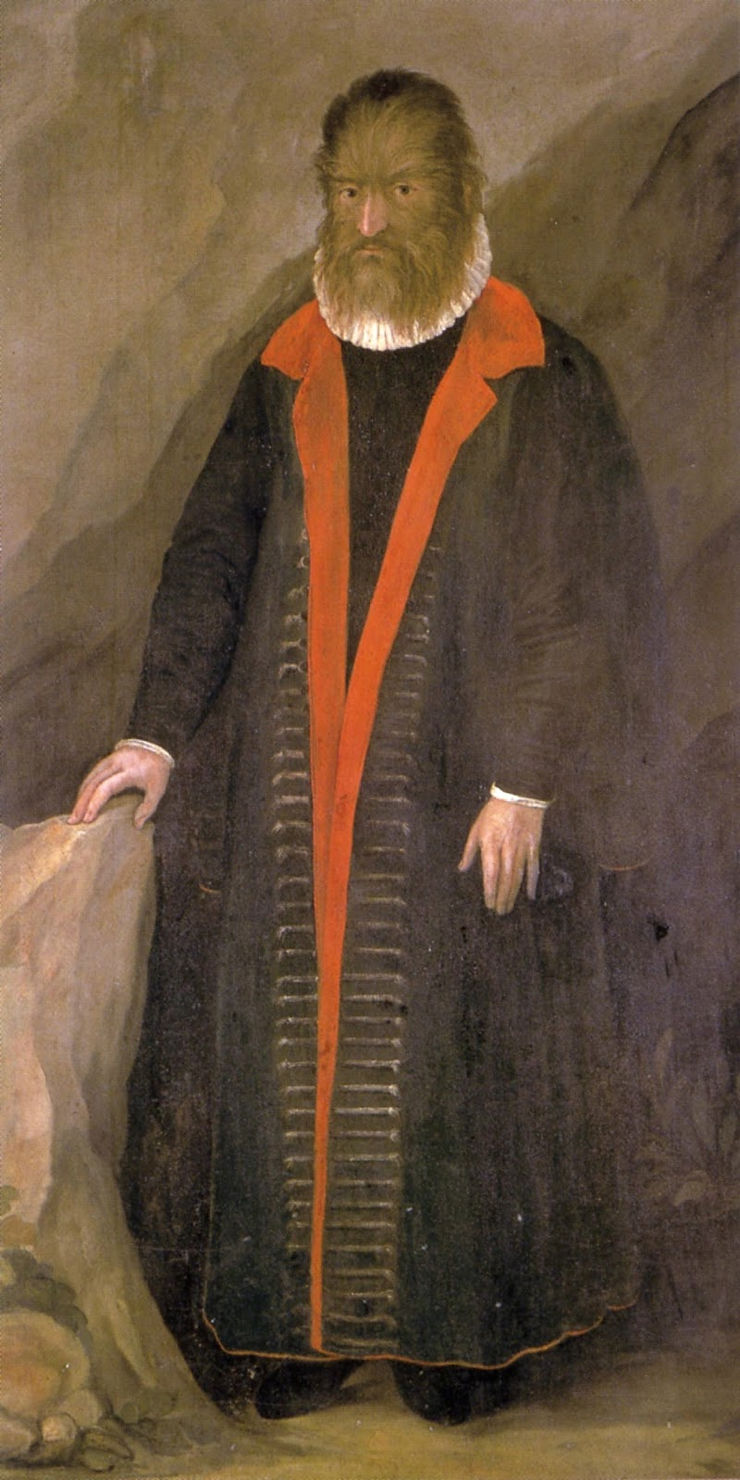
The story of Pedro Gonzalez, is a strange one. Pedro Gonzalez was born in 1556 in the Canary islands (a group of islands off the coast of Spain). At birth, he was a source of local curiosity and soon drew the attention of the aristocracy.
During the 16th century, all kinds of people were seen as oddities were traded between powerful or wealthy families. So, Pedro was taken from his home and given as a gift to King Henri II.
King Henri II decided to give Pedro a Latin name (Petrus Gonsalvus) and ordered Pedro to receive an education. The King did this as a sort of entertainment; he wanted to watch the "savage" fail. Fortunately for Pedro, his education was a success.
Pedro became fluent in multiple languages. He mastered the art of the nobleman's etiquette. He even became essential for receiving foreign dignitaries and ambassadors, gaining favoritism from the King.
When King Henri II died his wife, Catherine de Medici, took power as regent. She decided that Pedro should be married in hopes of producing more "wild children" like himself. Catherine became a matchmaker and found a woman (ironically also named Catherine) for him to marry. This new Catherine was a French woman, rumored to be a great beauty.

Petrus and Catherine met for the first time on their wedding day and though it might not have been love at first sight, Catherine gave him many children (seven in total and four of their children inherited their father's hypertrichosis)
In 1581, he and his family were sent on a never ending tour of the courts. Where many paintings and studies were done on him and his children. This fascination escalated and soon they settled under the ownership of Duke Ranuccio Farnese, who tragically sent away Pedro's affected children as gifts.
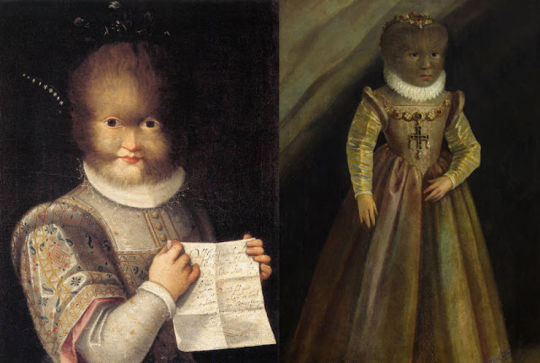
I don't know why I connect this strange story of Petrus and his family to the current selfie culture, but I do. Somehow, I think we have become voyeurs in each others lives. The more bizarre or unique the narrative, the more interested we become.
We all buy into the freak-show or spectacle of life. And I wonder who are the Petrus's of today?
#killworthy#killworthywords#history#art#werewolf#Catherine de Medici#Petrus Consalvus#Pedro Gonzalez#selfies#selfie culture#selfie#painting#paintings#King Henri II#hypertrichosis#Duke Ranuccio Farnes#werewolves#weird history#strange history#fun history
3 notes
·
View notes
Text
Maybe I was crazy, but the scales felt cool against my hot head.
#heart#heartstopper#poetry#poet#poems#poem#poetry community#wordporn#word porn#killworthy#killworthywords#passion#beautifulmess#love#openup#woman who run with wolves#love without limits#snake#snakes#reptile#reptiles
0 notes
Text

This is how we fold our blankets at home. If you know, you know.
#vulva#vivalavulva#vulvapower#female empowerment#empowerment#selfcare#vulva art#rise up and shine#female body#clit revolution#body positive#feminist#vulva love#womens health#clit#klitoris#yoni#yoni art#lust#killworthy#killworthyart
0 notes
Text




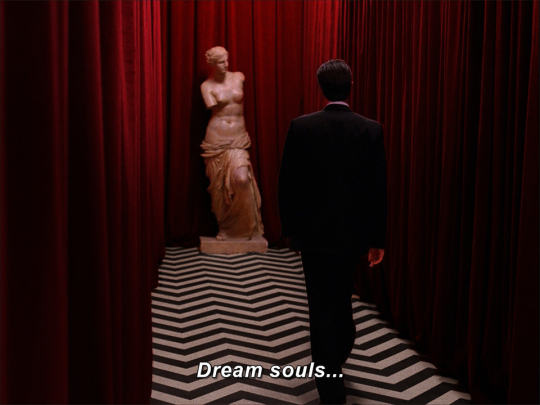


Cooper: Do you believe in the soul?
Hawk: Several.
Cooper: More than one?
Hawk: Blackfoot legend. Waking souls that give life to the mind and the body. A dream soul that wanders.
Cooper: Dream souls. Where do they wander?
Hawk: Faraway places. The land of the dead.
Cooper and Hawk discuss the nature of the soul in Twin Peaks S1E4
960 notes
·
View notes
Text

Remember friends, anything you can do I can do bleeding.
#killworthy #menstrualcup #periodcup #selflove #feelgood #cuplife #periodsbelike #periodpositive #periodpower #menstruation #menstrualhealth #menstruationmatters #menstrualmagic #periodtalk #periodproud #periodproblems #plasticfree #nontoxicliving #femininepower #feminism
#killworthy#menstruation#period cup#self love#feel good#cup life#periods be like#period positive#period power#menstrual health#menstruation matters#menstrual magic#period talk#period proud#period problems#plastic free#non toxic living#feminine power#feminism
1 note
·
View note
Text
Jill and the Beanstalk
Contrary to popular belief the clitoris is not a button. In fact, it is roughly about the same size as the average man’s penis, just safely hidden away like a sensible organ should be. It has roughly about eight thousand more nerve endings than a penis and most importantly, the woman’s clitoris never stops growing.
While men concern themselves over their penis size, girth, shape, aplomb, photogenic properties, ability to defuse bombs, woman are quietly growing their clitorises for maximum pleasure. By the time a woman hits her thirties, for instance, her little bean is four times the size as it was when she started going to high school. By the time she is in her sixties, well, she is hung like a horse, or in this case, a British Shire Mare.
In the interest of clitorises everywhere and to celebrate their above magical properties, I am bringing you our KillWorthy version of Jack and the Beanstalk otherwise known as Jill and the Beanstalk.

Jill and the Beanstalk
There once was a girl named Jill
who lived on her own up on top of a hill.
She was brave and strong, working the whole day long.
Then one sunny day she found a magical bean,
That made her feel much more like a queen.
It grew and grew
and she did wonder,
“Fee, fi, fo, fum
is this what it's like for me to cum?”
Then she knew her golden horizon
The sun, stars and the mind – much more wizened.
Her heart, a harp, that sang in her throat
And her power, always there in as a deafening note.
#poem#poetry#jill and the beanstalk#killworthy#killworthywords#clit#clitoral#clitoris#female reproductive health#female reproductive system#vulva
0 notes
Text
When Sylvia Plath wrote "I can never read all the books I want; I can never be all the people I want and live all the lives I want. I can never train myself in all the skills I want. And why do I want? I want to live and feel all the shades, tones and variations of mental and physical experience possible in my life. And I am horribly limited."
3K notes
·
View notes
Text
We check our blood to see if it's still real.
#poetry#poet#original poem#original poetry#poems and quotes#poems on tumblr#poetrycommunity#poets of tumblr#poetryporn#poetic#wordporn#killworthy#killworthywords#passion twists#beautifulmess#openup#womanwhorunwithwolves#bleedingsoulpoetry#bleedinghearts
0 notes
Text

Scars are a badge of honor, love yourself by loving them.
#killworthy#selfcare#selftalk#selflove#positivity#confidence#empowering#empowerment#ego#affirmation#postitiveaffirmations#mindset#positivevibes#selfesteem#selfworth#mentalhealth#selfrespect#growth#healing#scars
0 notes
Photo

Anaïs Nin, The Diary of Anaïs Nin, Vol. 1: 1931-1934
33K notes
·
View notes
Text
Art, Death, and Sex
St. Francis of Assisi in His Tomb, painted by Francisco de Zurbarán, is a striking dominant piece that stands at six feet of dark Baroque intensity. Yet, there is something different about the imagery that has always scraped the back of my mind.

It is a little-known fact that St. Francis of Assisi died fairly young, at 44 years of age. He had been battling an illness and was known to place a human skull on his breakfast table to contemplate his impending doom. It was a representation of his old friend, Death, that he even wrote about in The Canticle of Brother Sun and Sister Moon.
What was the symbolism there? For that matter, what was Zurbarán's message? Why did the interest in Zurbarán's work fade in time? Why did skulls appear in his other work? Was this also a form of self portrait? I don't know if I will ever have an answer. What I do know is that between the 1950's and 1960's Zurbarán was what "all the cool people" were talking about.
Here, for example, is a clipping from 1965 talking about how this painting was inspiring fashion in Spain.

A more potent example of how influential Zurbarán was can be seen in Salvador Dali's 1956 painting called the Skull of Zurbaran.

In this painting, I can see the conversation Dali is having. There was a lot he struggled with in regards to tradition, death, and religion. Much like his views of the constraints of time, which are represented with his famous melting clocks, here I see "the few" constructing an effigy to something beyond their ability. Was that how he saw Zurbarán, an artist beyond his own ability?
Unfortunately, Dali was even more twisted in his head than even his paintings let on. He, for instance, was obsessed with necrophilia, preferred to masturbate in front of a mirror, and was terrified of female genitalia.
I imagine Dali studying art history and being perfectly fine with Heads Severed by Theodore Gericault. Then flipping a page to be met with L'Origine du Monde and scream in terror. His mustache would shoot out like a cartoon in his iconic style, and he would swear epitaphs in Spanish. The topic of the famed Magic Realist Georgia O’Keefe would come up at a party, and I could see him having a “melt down” over her famously vulvic flowers.

Because that is what she is remembered for, not her unique cityscapes or her abstracted-form studies; her vulvic flowers.
Art history is weird like that, a collection of taboos following the mythos of the artist around like a three-legged dog. Zurbarán is all but forgotten, Dali is not remembered for his psychosis, and Georgia is remembered for vulvas. She is not remembered for paintings like Head with Broken Pot, a piece of work that is as nuanced as both Zurbarán's and Dali's work that hearkens to the fragility of mankind and to human life.
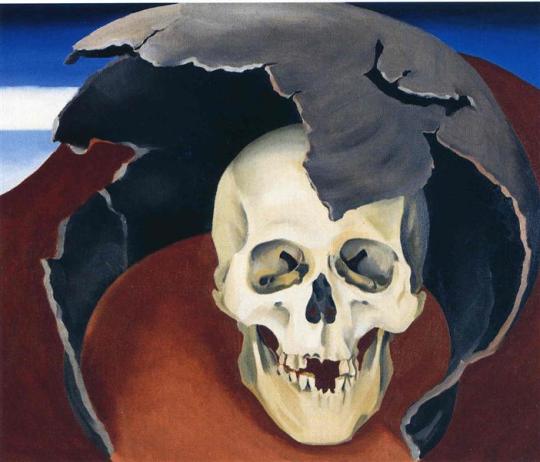
I guess the moral of this story, if there even is one, is that artists view the cycles of life in abstract ways trying to make sense of what, "it all means". Paint becomes a snapshot of those moments, mixing in pigments of consciousness and primal urges even when they don't belong. We the viewers become a part of that in our remembrance of those moments.
Something about that process seems like a death, living, and resurrection to me. But perhaps, I've been looking at art too long.
#killworthy#killworthywords#fun history#weird history#eccentric history#art history#skulls#macabre#dali#o'keefe#Salvador Dali#Francisco de Zurbarán#Zurbarán#georgia o’keefe#art
21 notes
·
View notes
Photo

“What is “trashing,” this colloquial term that expresses so much, yet explains so little? It is not disagreement; it is not conflict; it is not opposition. These are perfectly ordinary phenomena which, when engaged in mutually, honestly, and not excessively, are necessary to keep an organism or organization healthy and active. Trashing is a particularly vicious form of character assassination which amounts to psychological rape. It is manipulative, dishonest, and excessive. It is occasionally disguised by the rhetoric of honest conflict, or covered up by denying that any disapproval exists at all. But it is not done to expose disagreements or resolve differences. It is done to disparage and destroy.
The means vary. Trashing can be done privately or in a group situation; to one’s face or behind one’s back; through ostracism or open denunciation. The trasher may give you false reports of what (horrible things) others think of you; tell your friends false stories of what you think of them; interpret whatever you say or do in the most negative light; project unrealistic expectations on you so that when you fail to meet them, you become a “legitimate” target for anger; deny your perceptions of reality; or pretend you don’t exist at all. Trashing may even be thinly veiled by the newest group techniques of criticism/self-criticism, mediation, and therapy. Whatever methods are used, trashing involves a violation of one’s integrity, a declaration of one’s worthlessness, and an impugning of one’s motives In effect, what is attacked is not one’s actions, or one’s ideas, but one’s self.
This attack is accomplished by making you feel that your very existence is inimical to the Movement and that nothing can change this short of ceasing to exist. These feelings are reinforced when you are isolated from your friends as they become convinced that their association with-you is similarly inimical to the Movement and to themselves. Any support of you will taint them. Eventually all your colleagues join in a chorus of condemnation which cannot be silenced, and you are reduced to a mere parody of your previous self.”
TRASHING: The Dark Side of Sisterhood by Jo Freeman
7 notes
·
View notes

